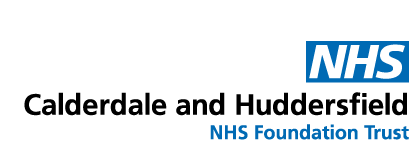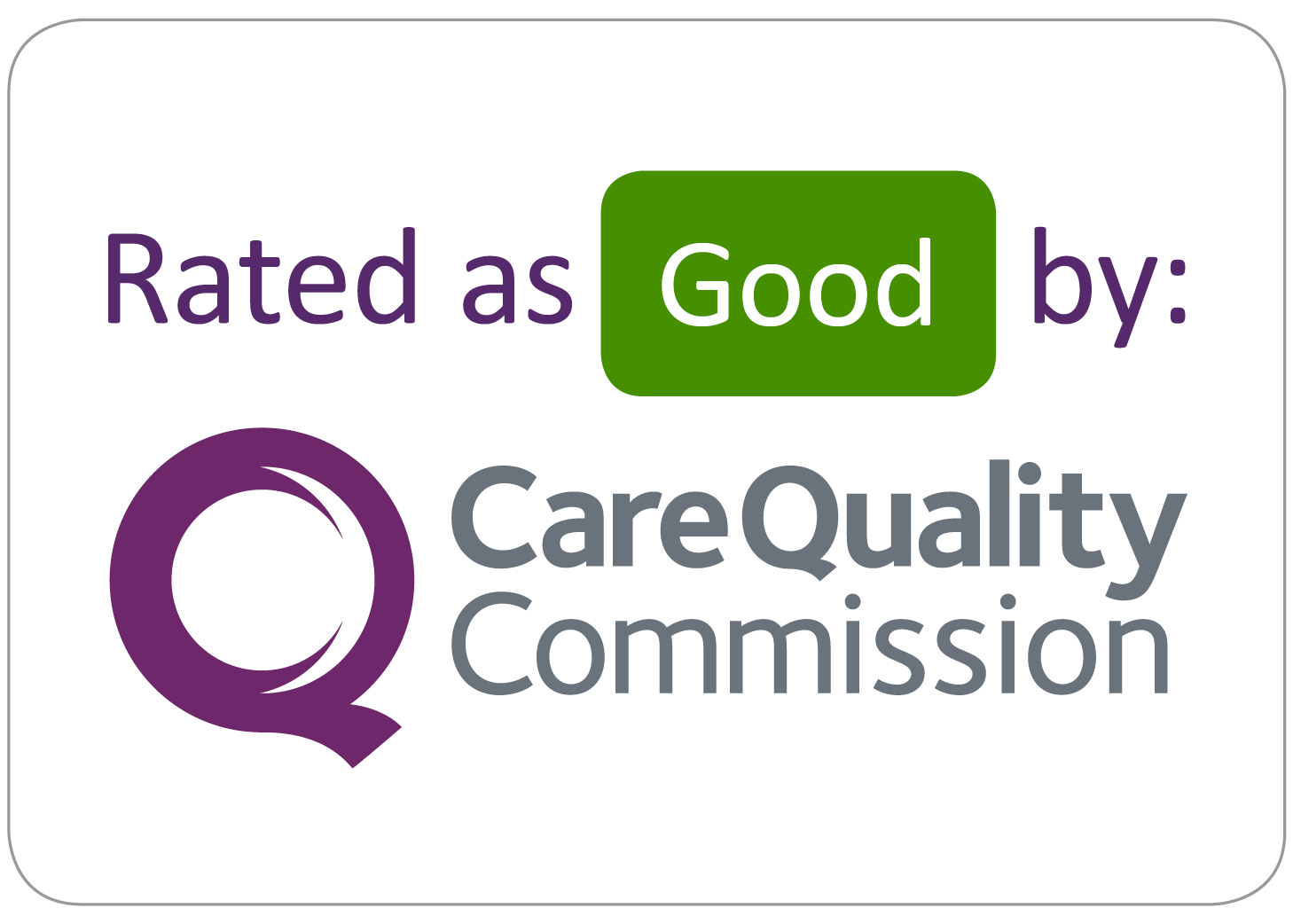Common Surgical Diagnoses (DM Version)
Appendicitis
- The appendix is a small, tubular pouch (around the size of your little finger), which protrudes from the lower right side of your colon (large bowel). Appendicitis is when the appendix gets inflamed. It usually causes pain in the lower right side of your abdomen and is sometimes associated with other symptoms such as nausea and a loss of appetite. However, many patients who have appendicitis do not have ‘typical’ or ‘classical’ symptoms and often require tests to help make the diagnosis
- On the Surgical SDEC Unit, your doctors may request blood tests and scans to help make the diagnosis
- Appendicitis usually requires admission to hospital for emergency surgery. The operation, called a laparoscopic appendicectomy (keyhole surgery to remove the appendix) is performed under a general anaesthetic. Sometimes, early appendicitis can be treated with antibiotics alone and your surgeon will talk you through the treatment options available and their recommended management for you
Abscesses
An abscess is a pocket of pus caused by an infection. They can appear anywhere in the body, but common places include the armpit, around the bottom, the breast, groin, neck, or tummy wall. Abscesses are usually painful, swollen, and red.
On the Surgical SDEC Unit, your doctors will decide whether antibiotics alone will help or if the abscess needs draining with a small procedure called “incision and drainage.” This is usually done under local anaesthetic, though sometimes a short general anaesthetic is needed. Most patients go home the same day if someone can look after them overnight. After surgery, you may need daily dressing changes, usually arranged through your GP.
Gallstones
Gallstones are small stones that form in the gallbladder—a small organ under your liver that helps digest food. They’re very common and affect more than 1 in 10 adults in the UK.
Gallstones don’t always cause symptoms, but they can lead to problems like pain after eating (biliary colic), inflammation of the gallbladder (cholecystitis), pancreatitis, or even jaundice.
Your doctors may arrange blood tests and scans to confirm the diagnosis and plan treatment. Sometimes, surgery to remove the gallbladder (laparoscopic cholecystectomy) is recommended. This is usually a keyhole operation and can often be done as a day case, though some patients need a short hospital stay. If surgery isn’t urgent, you may go home with a plan for elective (planned) surgery later. Other treatments might include antibiotics, endoscopy, or further scans.
Non-specific Abdominal Pain (NSAP)
This means tummy pain without a clear cause, diagnosed after other conditions have been ruled out. It’s quite common and accounts for about half of emergency surgical admissions for abdominal pain.
Treatment may include pain relief, further tests, or follow-up appointments. Most cases settle gradually without needing more investigations.
Gastritis
Gastritis means inflammation of the lining of your stomach, often caused by excess acid. Common triggers include alcohol, spicy foods, smoking, or infections. It usually doesn’t need surgery, but your doctors may arrange tests such as scans or an endoscopy (a camera test to look inside your stomach).
Diverticulitis
Diverticular disease happens when small pockets (called diverticula) form in the lining of your large bowel. Sometimes these pockets become inflamed or infected, which is called diverticulitis. This can cause pain, fever, or other symptoms.
Your doctors may do blood tests and scans to confirm the diagnosis. Mild cases are usually treated with antibiotics at home, but more severe cases may need a short hospital stay for intravenous antibiotics. Occasionally, surgery is needed if complications develop.
Rectal Bleeding
This means bleeding from your back passage, which can happen before, during, or after passing stools. The blood may be bright red, dark red, or black, and you might notice it on toilet paper, in the toilet bowl, or mixed with your stool.
Common causes include piles (haemorrhoids), small tears (anal fissures), inflammation, polyps, or sometimes more serious conditions like bowel cancer.
On the Surgical SDEC Unit, we’ll usually take blood tests and examine you to find the cause. Most patients go home with plans for further tests, such as an endoscopy (a camera test of the bowel), which is usually done later as an outpatient.
Small Bowel Obstruction
This happens when something blocks your small intestine, stopping food and fluids from passing through. It can cause symptoms like vomiting, tummy swelling, pain, and constipation.
If we suspect this, we’ll arrange blood tests and scans. If confirmed, you’ll almost always need to stay in hospital for treatment, which may include a tube through your nose to relieve pressure, a catheter, and fluids through a drip. Sometimes, you’ll be given a special liquid called Gastrografin to help clear the blockage without surgery.
Hernias
A hernia is when part of an organ pushes through a weak spot in the muscle or tissue, causing a lump or bulge. Common sites include the groin or belly button.
If a hernia isn’t causing symptoms, it usually doesn’t need surgery. But if it becomes painful or uncomfortable, surgery is often recommended.
On the Surgical SDEC Unit, we may arrange tests to confirm the diagnosis. Most patients with uncomplicated hernias go home with a plan for elective (planned) surgery later. If the hernia becomes blocked or strangulated, emergency surgery may be needed.


















